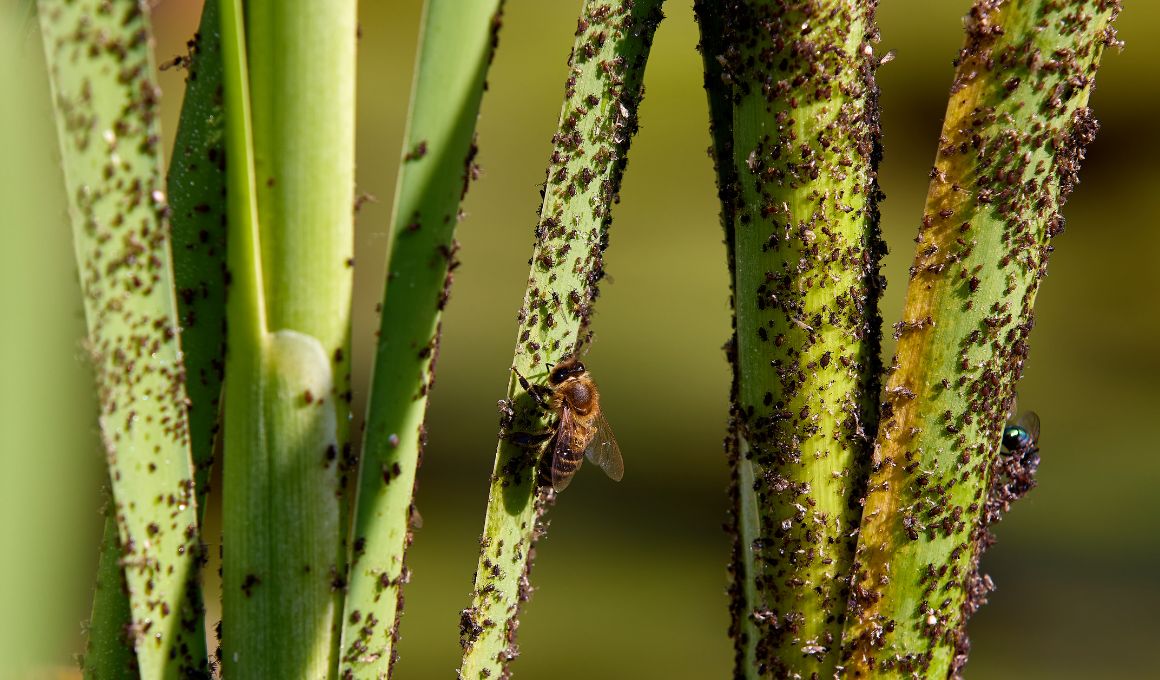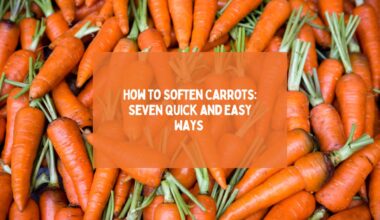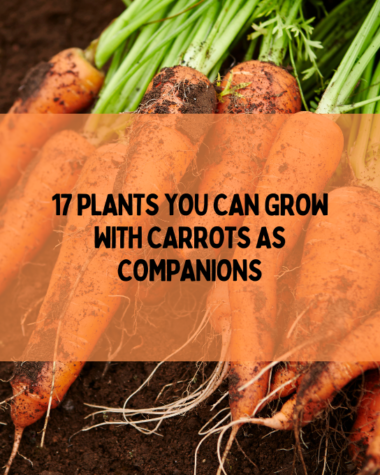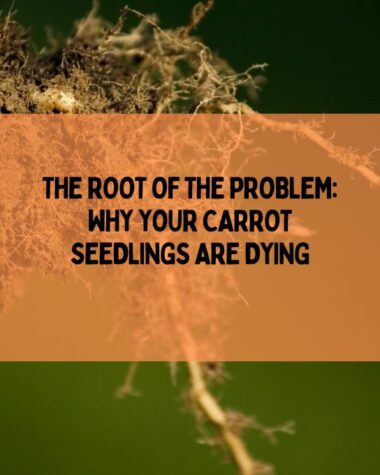Effective Carrot Rust Fly Control: The hook is a wire bent into a U-shape with a sharp end on one side. It is inserted into the soil near the base of the plant, and any larvae in the soil are hooked and removed. To use the hook, wait until the plants are about 4-5 inches tall, then carefully insert the hook into the soil about 1 inch away from the plant stem. Ensure the hook goes down about 1-2 inches into the soil. Slowly and carefully pull the hook out of the soil, and any larvae will be removed.
Carrot rust fly (Psila rosae) is a common pest that affects carrots, parsnips, celery, and other vegetables. The adult rust fly lays its eggs in the soil near the base of the plant, and the hatched larvae (maggots) feed on the roots, stunting the plant’s growth and causing the foliage to turn yellow.
In severe cases, the plant may die. This article will provide tips for controlling carrot rust flies using a hook.
Carrot Rust Fly

Carrot rust fly is a common pest that affects carrots, parsnips, celery, and other vegetables. The adult fly is about 4-5 mm long and has a black body with yellowish-brown legs and wings. The female fly lays her eggs in the soil near the base of the plant, and the hatched larvae (maggots) feed on the plant’s roots.
Related Read
- Carrot Black Root Rot: Understanding And Preventing The Disease
- Carrots For Butterflies: How To Attract Black Swallowtails To Your Garden?
- How To Grow Delicious Danvers Carrots?
How to Identify Carrot Rust Fly Infestation?
To identify a carrot rust fly infestation, look for signs such as wilting or yellowing of foliage, stunted growth, and tunnels or rust-colored spots on the roots. You may also see adult flies hovering around the plants or crawling on the soil surface.
Prevention Tips for Carrot Rust Fly Infestation

Good crop rotation is the best way to prevent carrot rust fly infestation. Only plant the same crop in the same spot year after year. Also, use row covers to prevent adult flies from laying eggs near the plants. Cover the plants as soon as they are planted and keep the cover on until they mature.
Also, Read
- How To Grow Imperator Carrots?
- Troubleshooting Carrot Growing Problems: Why Won’t My Carrots Develop?
- Indoor Carrot Garden: Tips For Growing Carrots Indoors
Controlling Carrot Rust Fly with a Hook

One effective way to control carrot rust flies is to use a hook. The hook is a wire bent into a U-shape with a sharp end on one side. It is inserted into the soil near the base of the plant, and any larvae in the soil are hooked and removed.
To use the hook, wait until the plants are about 4-5 inches tall, then carefully insert the hook into the soil about 1 inch away from the plant stem. Ensure the hook goes down about 1-2 inches into the soil. Slowly and carefully pull the hook out of the soil, and any maggots will be removed.
Repeat this process every week or so until the plants are mature. This will ensure that any larvae in the soil are removed before they can cause significant damage to the roots.
Other Methods for Controlling Carrot Rust Fly
In addition to using a hook, there are other methods for controlling carrot rust flies. These include:
- Biological Control: Use beneficial insects such as nematodes or parasitic wasps to control the carrot rust fly population.
- Insecticides: Use insecticides that are labeled for use on carrot rust flies. Follow the instructions on the label carefully.
- Cultural Control: Practice good crop rotation, keep the garden clean and debris-free, and remove any infected plants as soon as they are identified.
Conclusion
Carrot rust fly can be a frustrating pest, but using a hook and other effective control methods can keep your plants healthy and productive.
Remember to practice good crop rotation, keep the garden clean, and remove any infected plants as soon as they are identified. With these tips, you can effectively control carrot rust flies, enjoy a bountiful harvest, and grow carrots peacefully.
Frequently Asked Questions
Q1. What are the signs of rust fly maggot infestation?
A. Signs of rust fly maggot infestation may include yellowing and wilting of carrot leaves, stunted growth, and rust-colored tunnels or cavities in the carrot roots. The maggots themselves are small, legless, and white.
Q2. What is the life cycle of a rust fly?
A. The rust fly has a short life cycle, completing its entire life cycle in as little as three weeks. Female rust flies lay eggs on or near carrot roots, and the hatched larvae burrow into the roots to feed and grow. After about two weeks, the maggots pupate in the soil before emerging as adult flies.
Q3. How do I prevent rust fly maggots from attacking my carrot crop?
A. Prevention is vital when it comes to rust fly maggots. You can prevent infestations by rotating crops, planting carrots later in the season, and using row covers to prevent adult flies from laying eggs on your carrots. You can also use traps to catch adult flies and remove infected plants to prevent further spread.
Q4. What is the best method to control rust fly maggots?
A. The best method to control rust fly maggots is using insecticides labeled explicitly for rust flies. These insecticides can be applied to the soil before planting or directly to the plants once an infestation has been detected.
Q5. Are there any organic methods to control rust fly maggots?
A. Yes! There are organic methods to control rust fly maggots. These include using beneficial nematodes, microscopic worms that attack and kill the maggots, and applying diatomaceous earth to the soil to prevent the maggots from burrowing into the roots.
Q6. How often should I monitor my carrot crop for rust fly maggots?
A. Monitoring your carrot crop for rust fly maggots at least once a week during the growing season is recommended. This will allow you to catch any infestations early and take preventative measures to protect your crop.







